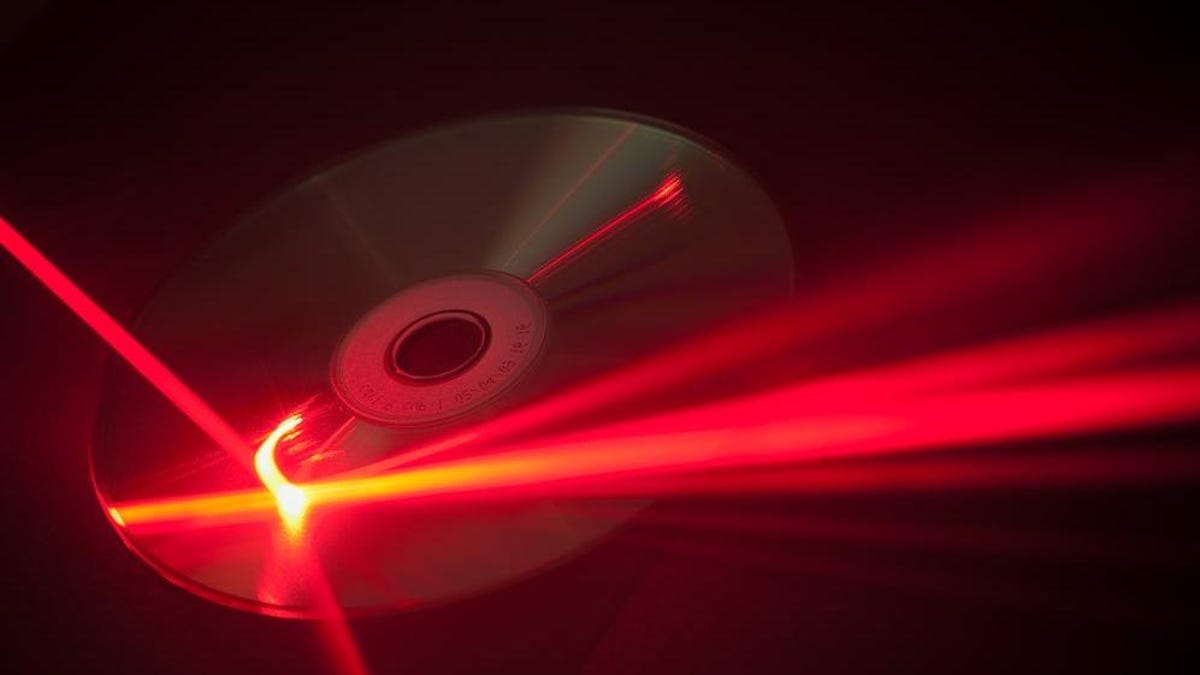Note: Unfortunately the research paper linked in the article is a dead/broken/wrong link. Perhaps the author will update it later.
From the limited coverage, it doesn’t sound like there’s an actual optical drive that utilizes this yet and that it’s just theoretical based on the properties of the material the researchers developed.
I’m not holding my breath, but I would absolutely love to be able to back up my storage system to a single optical disc (even if tens of TBs go unused).
If they could make a R/W version of that, holy crap.



Bits are probably more useful when talking about specialized storage. Byte usually means 8 bits, but doesn’t always need to, and not all data is stored in byte chunks.
A bit is the smallest piece of usable datum, so that makes sense when discussing this technology.
Sorry to be that guy, but in this context byte is strictly defined as 8 bits, never anything else. It’s a strict definition in digital.
While I strongly agree with the idea behind your comment and gave you an upvote, at the physical layer it’s not strictly true - especially for optical discs. See https://en.wikipedia.org/wiki/Eight-to-fourteen_modulation for example.
That said, capacity listings should always be the capacity of the data that can be stored and retrieved as seen by the user, and that data would be in 8-bit bytes.